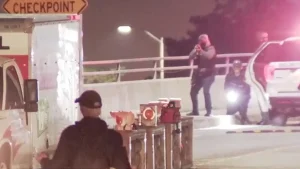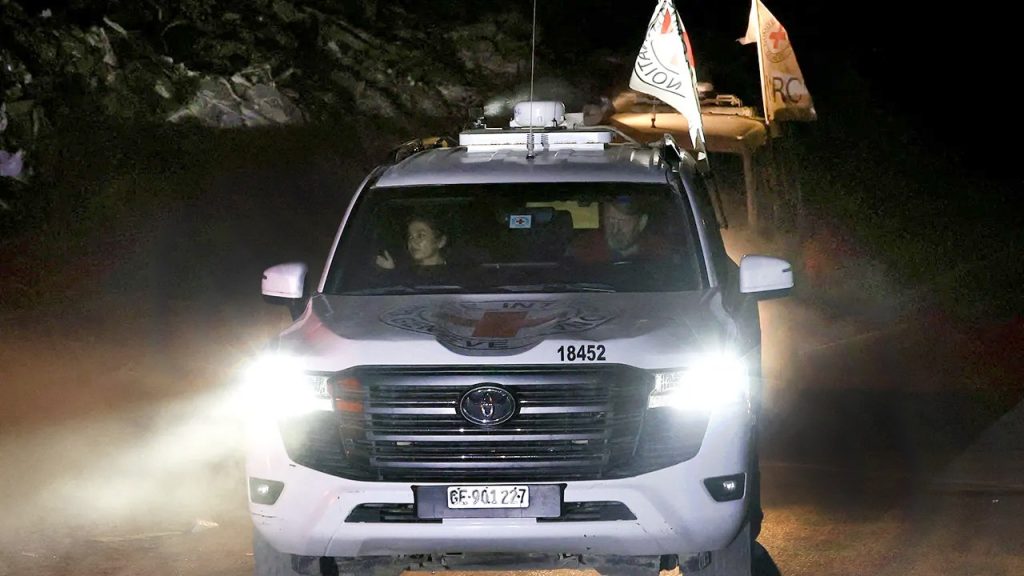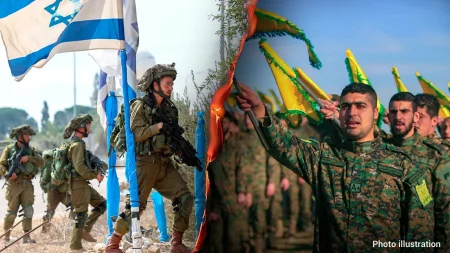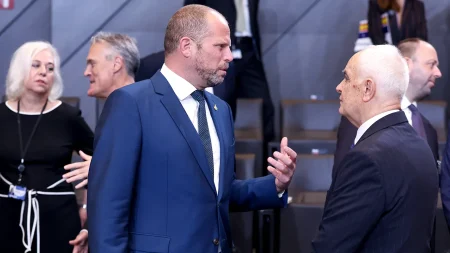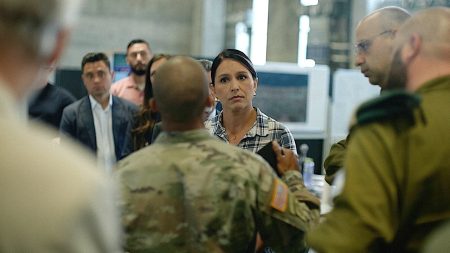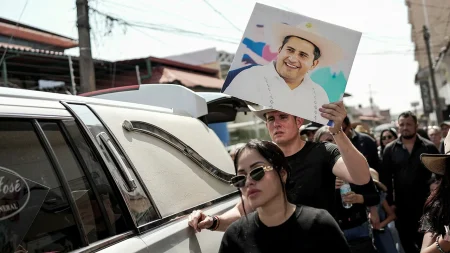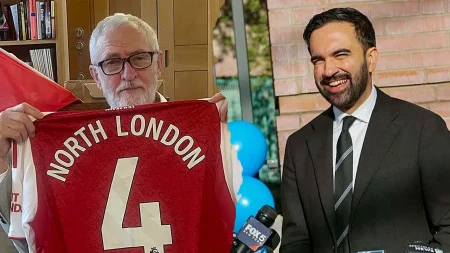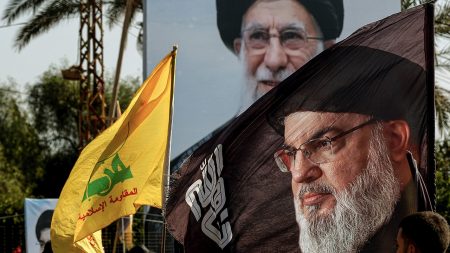Hamas Returns Remains of Another Israeli Hostage as Ceasefire Agreement Progresses
In a solemn development on Tuesday, Hamas transferred another coffin containing the remains of an Israeli hostage to the Red Cross, which then delivered it to Israeli officials in the Gaza Strip. This handover is part of the ongoing ceasefire agreement that includes the exchange of remains between the two sides. According to Israeli Prime Minister Benjamin Netanyahu’s office, after the Red Cross brought the coffin to Israeli forces, the remains were to be transferred into Israel for a formal military ceremony conducted by a military rabbi. Following this ritual, specialists at the National Center of Forensic Medicine would begin the critical process of identifying the deceased, after which the family would be officially notified of their loved one’s fate. The identity of this hostage had not been immediately disclosed in the announcement.
Hamas had earlier stated that they discovered the body of an Israeli soldier who had been held captive in Gaza, specifically in Shejaia, an eastern suburb of Gaza City. What makes this situation particularly complex is that this area remains under Israeli military control, suggesting the hostage may have died during captivity or military operations in the region. According to Hamas, Israeli authorities had granted special access to the location for teams from both Hamas and the International Committee of the Red Cross to recover the remains. This coordination between adversaries, facilitated by neutral third parties, represents one of the few functioning aspects of the otherwise fragile ceasefire agreement that has been punctuated by periods of renewed fighting.
This latest return follows Sunday’s somber delivery of three Israeli hostage remains, including those of American citizen Omer Neutra. These exchanges are part of the broader ceasefire arrangement, whereby Hamas agreed to return the remains of 28 deceased hostages in exchange for the bodies of 360 Palestinian militants who were killed during the ongoing conflict in Gaza. The numerical disparity in this exchange reflects the asymmetric nature of the negotiations and the different priorities of each side—with Israel focusing intensely on the return of each individual hostage or their remains, while Hamas seeks the return of a larger number of Palestinian bodies for burial according to Islamic tradition.
The human toll of this conflict extends far beyond statistics. Each coffin represents not just a casualty of war, but someone’s child, parent, sibling, or spouse. Families on both sides have been living in agonizing uncertainty, some hoping against hope that their loved ones might still be alive, others simply wishing for the dignity of a proper burial and the closure that comes with knowing the final fate of those they’ve lost. For Israeli hostage families, the wait has been particularly excruciating, with many gathering regularly in Tel Aviv’s “Hostage Square” to demand more government action to bring their loved ones home—whether alive or deceased.
Prior to Tuesday’s transfer, Hamas had already returned the remains of 20 hostages, meaning that after this latest handover, the remains of seven hostages are still believed to be in Gaza according to the terms of the agreement. The meticulous process of identification that follows each return is both scientifically rigorous and emotionally fraught. Military and forensic experts must confirm identities through various methods, while simultaneously preparing families for what will inevitably be heartbreaking news. The psychological support systems for these families have been strained by the prolonged nature of the hostage situation, with some families having waited since the October 7 attack for any information about their loved ones.
As this grim exchange continues, it serves as both a small measure of progress in implementing the ceasefire terms and a stark reminder of the devastating human cost of the conflict. Peace negotiations continue to falter, with both sides accusing each other of violations and setting conditions that the other finds unacceptable. Meanwhile, the humanitarian situation in Gaza remains catastrophic, with widespread destruction, displacement, and shortages of essential supplies affecting the civilian population. While diplomatic efforts continue on multiple fronts to secure a more comprehensive and lasting ceasefire, families on both sides of the conflict are left to mourn their dead and wonder when—or if—the cycle of violence will ever truly end. This latest return of remains, though providing closure for one more family, is but a small step in addressing the immense human suffering that continues to define this conflict.

